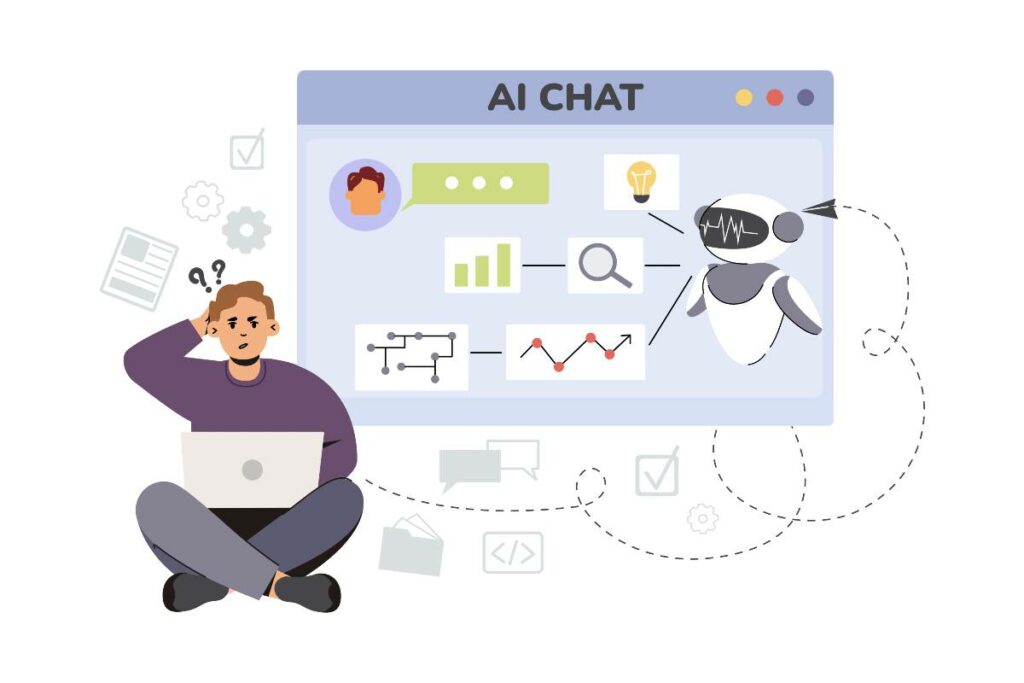As artificial intelligence (AI) becomes more prevalent in business operations, leaders are faced with the challenge of leveraging its potential while navigating its complexities. Generative AI technologies, such as ChatGPT, present unique opportunities and challenges for management. This article combines insights from two distinct approaches to AI integration in the corporate environment, providing a comprehensive guide that not only addresses the initial steps towards AI adoption but also delves into managing AI’s impact on workforce dynamics.
A Strategic Blueprint for AI Implementation
The journey towards AI integration starts with defining a clear vision that aligns with your organization’s goals, such as process optimization, enhancing customer experience, or driving innovation. A clear vision acts as your compass, directing every action that follows. It is crucial to identify specific use cases where AI can make a tangible difference, such as improving efficiency or reducing costs.
The next critical step is data readiness since AI’s effectiveness is directly tied to the underlying data’s quality, security, and relevance. Selecting the right technologies and assembling a skilled team are essential to aligning the AI solution with organizational goals. Finally, continuous monitoring and optimization based on real-world feedback are necessary to maintain and enhance AI’s performance over time.

From Theory to Practice: Healthcare Finance as a Case Study
The implementation of AI in healthcare finance, specifically in revenue cycle management, is an example of how AI can streamline processes, reduce costs, and improve patient experiences. This complex process, from initial appointment booking to final bill payment, involves a range of administrative and financial tasks that are ripe for AI optimization.
Defining a specific vision for AI in revenue cycle management, such as reducing claims denials or improving patient satisfaction, sets the stage for targeted AI application. Identifying precise problems–pre-apporval bottlenecks–and the expected impact of AI solutions on these issues helps focus efforts and resources effectively.
Ensuring data readiness is paramount, especially in the context of strict privacy and security requirements in healthcare. The selection of technologies and preparation of talent not only involves choosing suitable AI tools but also adapting the organizational culture to embrace AI-driven changes. Continuous monitoring and optimizing AI solutions against predefined KPIs ensure that the implementation remains aligned with initial goals and continues to deliver value.
Navigating Workforce Dynamics in an AI-Enhanced Corporate Landscape
The integration of AI into corporate operations requires a shift in managing workforce dynamics. Specialists start identifying tasks for AI automation or augmentation, ensuring that AI applications are effectively matched with operational needs. The transition phase addresses the redistribution of tasks and the reimagining of work roles, allowing employees to engage in more value-adding activities. Education is crucial as employees must continuously learn and adapt to AI’s evolving capabilities. Finally, performance evaluation must evolve to reflect the changing nature of work, focusing on learning, collaboration, and adaptability rather than traditional productivity metrics alone.

Lessons for Managers: Leading in an AI-Driven Corporate World
Adopting AI in the corporate sphere is not just about technology integration; it’s about leading a cultural shift that embraces continuous learning, innovation, and collaboration. Trusting employees to experiment with AI, creating conditions for continuous learning, rethinking workforce planning, and reimagining leadership roles are critical for navigating the challenges and opportunities presented by AI.
Finally…
The integration of AI into corporate strategies and operations presents an exciting frontier for innovation, efficiency, and competitive advantage. By following a structured approach to AI implementation–beginning with a clear vision and specific use cases, ensuring data readiness, selecting appropriate technologies and talent, and focusing on continuous monitoring and optimization–organizations can harness the transformative power of AI. Coupled with a strategic approach to managing workforce dynamics through a designed framework, leaders can guide their organizations and employees towards a successful and sustainable AI-enhanced future.

